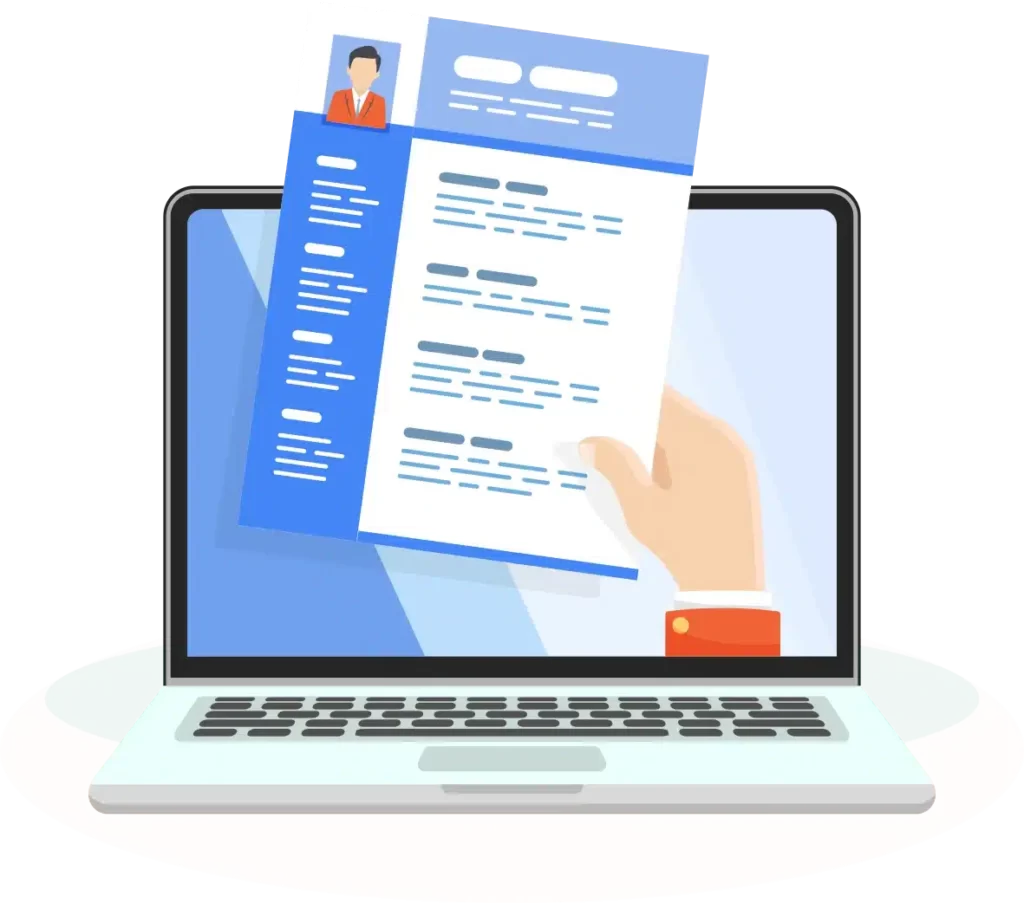How to Open a Bank Account in the Netherlands
Opening a bank account in the Netherlands can seem challenging at first, especially if you are new to the country or moving from abroad. However, the process is generally straightforward and can be completed in a few simple steps. This guide will provide you with all the vital information you need to navigate the world of Dutch banking, including the requirements, types of bank accounts available, and some valuable tips to make your experience smoother.
Understanding the Dutch Banking System
Overview of Banks in the Netherlands
The Netherlands has a well-established banking sector known for its stability and efficiency. The country boasts several major banks, including ING, Rabobank, and ABN AMRO, which offer a wide range of financial services to residents and expatriates alike. In addition to these traditional banks, there are also online banks and fintech solutions that are gaining massive popularity for their innovative approaches.
Currency and Financial Regulations
The currency used in the Netherlands is the Euro (EUR). The banks in the Netherlands are regulated by the De Nederlandsche Bank (DNB), which oversees the country's monetary policy and maintains financial stability. Understanding the banking regulations can help you avoid any unnecessary issues while opening an account and conducting transactions.
Types of Bank Accounts
1. Current Accounts (Betaalrekening)
Current accounts are the most common type of bank account in the Netherlands. They are used for daily transactions such as receiving salaries, paying bills, and making purchases. Features generally include:
- Debit Cards: Linked to your current account for cash withdrawals and in-store purchases.
- Online Banking: Accessing your account via a mobile app or website.
- Direct Debit: Setting up automatic payments for recurring expenses.
2. Savings Accounts (Spaarrekening)
If you are looking to save money, a savings account is ideal. These accounts usually offer a higher interest rate compared to current accounts, allowing your money to grow over time. However, limitations may exist on withdrawals and transfers.
3. Joint Accounts (Gezamenlijke Rekening)
Joint accounts are perfect for couples or business partners. They allow two or more individuals to share an account for common expenses. All account holders can make deposits and withdrawals, making it a convenient option for managing shared finances.
4. Business Accounts (Zakenrekening)
For entrepreneurs or freelancers, setting up a business account is essential for separating your personal and business finances. Business accounts often come with specialized features such as invoicing tools and expense tracking.
Requirements for Opening a Bank Account
Before visiting a bank, it's vital to gather all the required documents. Below is a list of documents typically required to open a bank account in the Netherlands.
1. Proof of Identity
You must present a valid form of identification, such as:
- Passport: If you're a non-EU citizen, a passport is mandatory.
- EU National ID Card: Valid for EU residents.
2. Proof of Address
To establish residency, you need proof of your living situation, which can be:
- Rental Agreement: A signed lease or rental contract.
- Utility Bill: A recent bill in your name with your address.
3. BSN (Burger Service Nummer)
A BSN is a citizen service number that you’ll receive when you register with the municipality. You need this number to open a bank account, as it identifies you in the Dutch tax and social security systems.
4. Employment or Income Verification
Most banks will want to know your financial standing. Therefore, be prepared to provide documents such as:
- Employment Contract: An official document stating your job title, salary, and employer.
- Recent Pay Slips: To show your current income.
How to Open Your Bank Account
Step 1: Choose Your Bank
Evaluate different banks to determine which one best meets your needs. Consider factors like monthly fees, available features, and customer service. Websites like Independent Finance Comparison Sites can help you find the best fit.
Step 2: Make an Appointment
Most banks in the Netherlands require an appointment to open a new account. You can schedule an appointment online or by calling the bank branch directly. During your appointment, bank staff will guide you through the process and help you fill out the necessary forms.
Step 3: Gather Your Documents
Before your appointment, make sure you have all your required documents, including:
- Copy of your identification
- Proof of address
- BSN
- Income or employment verification
Step 4: Visit the Bank
On the day of your appointment, arrive at the bank and provide your documents to the bank representative. They will assist you in filling out an application form. The process generally takes about 30 minutes.
Step 5: Await Confirmation
After submitting your application, the bank will process your request. You should typically receive confirmation within a few days. Your bank card and account details will be mailed to your registered address shortly afterward.
Tips for a Smooth Banking Experience
1. Understand Bank Fees
Different banks have varying fee structures. Be aware of potential costs associated with account maintenance, ATM withdrawals, and overdrafts. If you intend to make international transactions, check the fees for foreign currency conversions.
2. Familiarize Yourself with Online Banking
Most banks in the Netherlands offer online banking services, enabling you to manage your finances efficiently. Familiarize yourself with the bank’s app and website functionalities to make online payments, review balances, and do transfers easily.
3. Use Cash Wisely
While the Dutch are increasingly reliant on contactless payments and online banking, cash is still accepted in many places. Make sure you have some cash on hand for smaller transactions, especially in rural areas.
4. Be Aware of Banking Hours
Dutch bank branches usually operate under limited hours. Most banks are open Monday through Friday, with varying hours. Some branches may also close during lunchtime. It’s advisable to check the operating hours beforehand.
5. Language Support
Many bank employees speak English, especially in larger cities. However, if you are more comfortable discussing your banking needs in Dutch, consider bringing an interpreter or a Dutch-speaking friend along during your appointment.
Conclusion
Opening a bank account in the Netherlands is a straightforward process if you are prepared and informed. By understanding the types of accounts available, the required documentation, and the necessary steps, you can efficiently navigate through Dutch banking.
If you find yourself needing a CV to apply for a job in the Netherlands, we have an effective template based on the Harvard CV model, complete with guidelines and recommendations to help you craft an outstanding resume. You can download it here.
Happy banking in the Netherlands!





